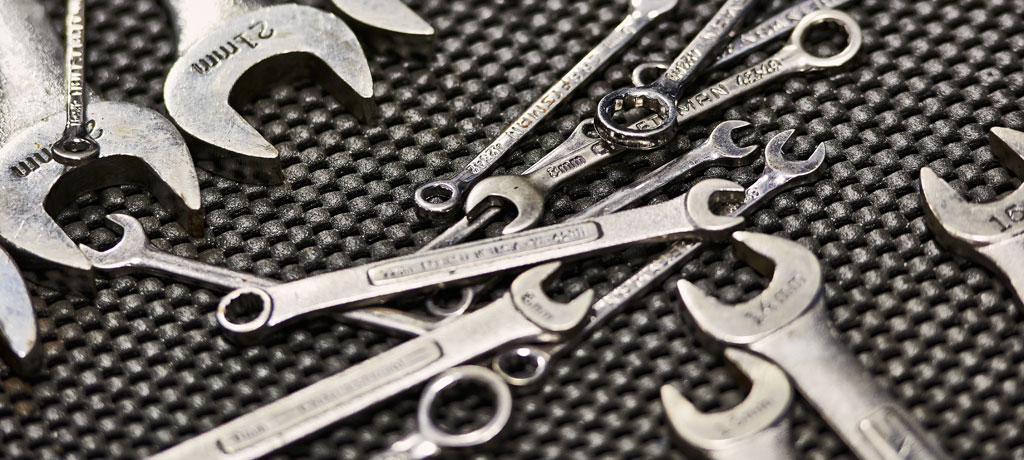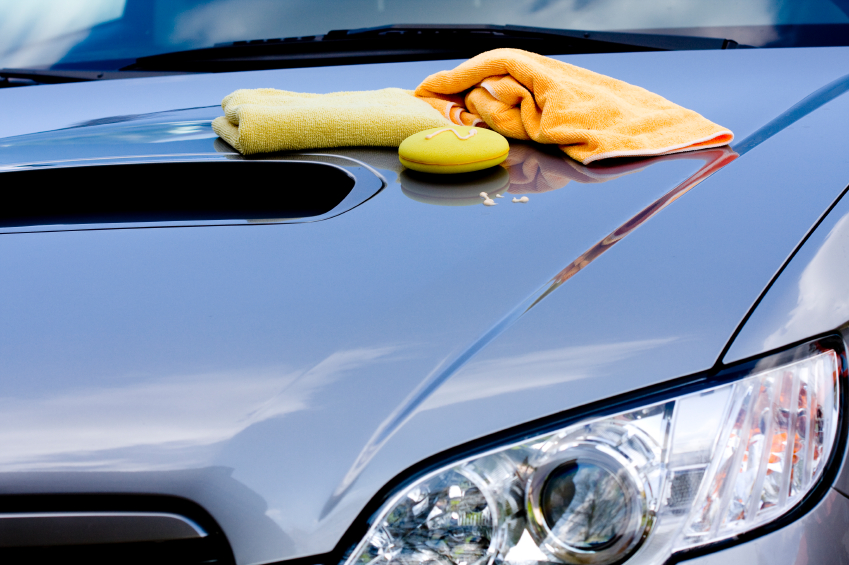In several states across the country, motorists are required to take their car in for an emissions test before they are allowed to have it registered. The purpose of the emissions test is to reduce the amount of harmful, toxic gases released into the environment. When a vehicle passes the emissions test or “smog check,” the owner of the car is given a certificate. This allows the vehicle to be registered by the state. But if the vehicle fails the test, repairs must be made to ensure smog compliance before it can legally be registered.
After You Fail the Emissions Test
If your vehicle fails to pass, the DMV will not register your vehicle, meaning you can’t get a license plate to legally drive the car. The question is, what do you need to do in order to repair your vehicle and make it smog-compliant?
The answer can vary. In some cases, it may be a complex repair project. In other cases, it could be something much smaller. The inspector should provide you with a full report, explaining the repairs that need to be made in order to make your car or truck compliant. Sometimes, this report will be sent to you later, not provided immediately. Take this report with you to a local auto repair shop and present it to the technician there. This will ensure that you get the repairs made that you actually need, with nothing lost in translation.
Once you have these repairs made, you can take your vehicle back to the inspection station to have it looked at again and most likely pass inspection.
Failing a Second Time
In some cases, even the repairs you make on your vehicle will not be enough to pass the emissions test. In these scenarios, some states might be able to cut you a break. If you can prove that you have taken and failed the emissions test twice, and if you can prove that you have spent a certain amount of money getting your vehicle inspected and repaired, the state may give you a waiver. This varies state by state, so make sure you check for more information at your local DMV.
Maintaining Your Vehicle
Even after you pass the emissions test, you should still do whatever you can to keep your vehicle and the environment as clean and clear as possible. A big part of this boils down to basic vehicle upkeep and maintenance. Make sure you have the exhaust system inspected regularly by a service professional and repairs made as needed. Has this done in tandem with other routine maintenance, like the oil change and the tire rotation? It’s a small investment to make in the health of your vehicle and in the world around you.






